For K-12 Students
CEEE offers K–12 students engaging opportunities to explore environmental science through interactive learning, multimedia tools, hands-on programming, and Earth science video resources.

CEEE offers K–12 students engaging opportunities to explore environmental science through interactive learning, multimedia tools, hands-on programming, and Earth science video resources.
Explore CEEE resources that bring environmental science to life through dynamic learning approaches. Discover how storytelling, creative video-making, and engaging presentations can help you share what you've learned in powerful and memorable ways—all while learning through educational games and interactive experiences.
Explore CEEE resources that use storytelling to connect communities and share impactful narratives about environmental topics.

Learn how to create engaging presentations with CEEE workshops and resources, offering scientists tools for storytelling, structuring talks, and connecting with broad audiences.
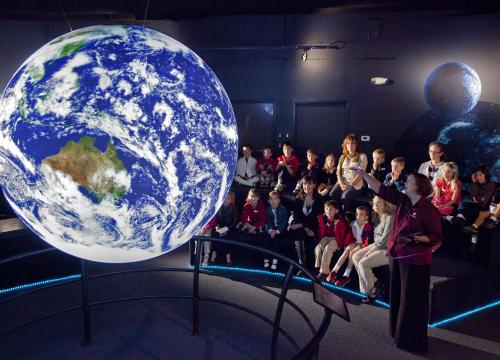
Engage in game-based learning with CEEE programs and activities, offering an interactive approach to environmental science.
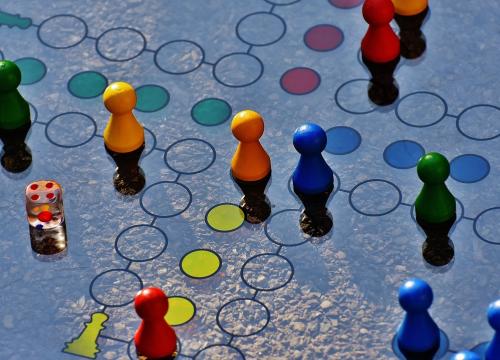
Learn how to make your own videos with CEEE curriculum, hands-on workshops, and video resources offering students immersive experiences in climate science through filmmaking.
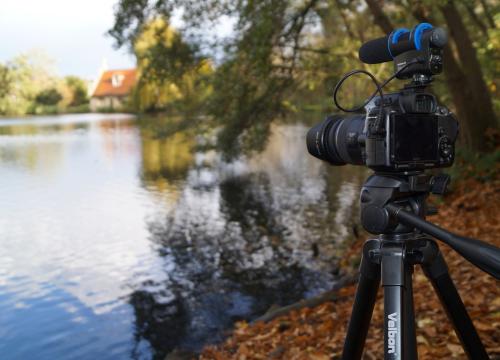
Explore CEEE programs and projects supporting K-12 students and connecting learners with environmental science topics, including climate change, frozen landscapes, water, natural hazards, community resilience, climate solutions and more.
Girls on Rock is an exciting, FREE wilderness science education program for high school students.
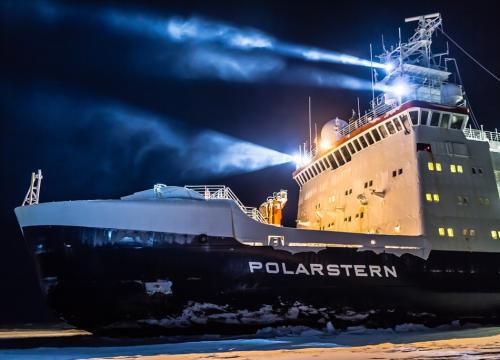
Education and outreach activities, resources, videos and planetarium shows around the international Multidisciplinary Drifting Observatory for the Study of Arctic Climate (MOSAiC) expedition to the Arctic.
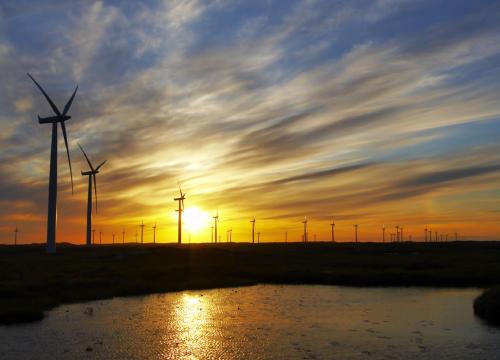
This webinar series connects scientists from around the world to engage students and learners of all ages. Each webinar includes a 20-minute presentation followed by 20 minutes of Q&A. Explore our recommended learning materials or video recordings on the event page.
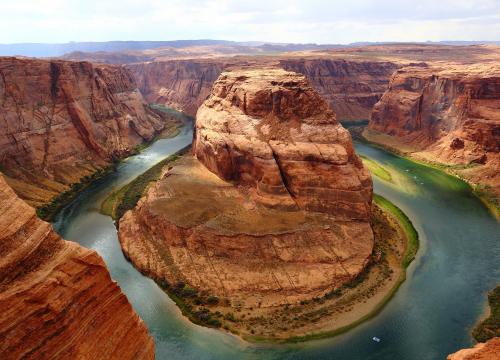
Place-based education program connecting local communities in the desert Southwest with water topics through stories, programming, hands-on activities, and a traveling exhibit in the local library.
In this 360-degree video, scientists park a large weather balloon nicknamed "Miss Piggy" in a tent during the 2019-2020 MOSAiC Arctic research expedition. Click and drag for a full 360-degree view!
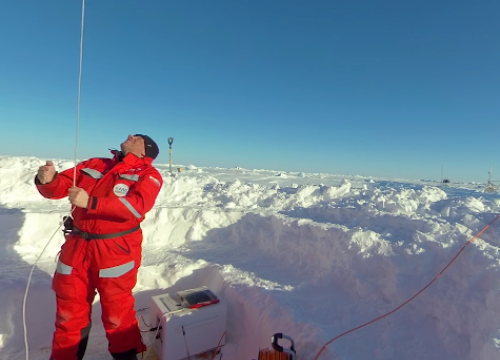
CIRES scientist Dr. Alessandra Pacini will guide us through what space weather is, how she started studying it, the science behind it and how it affects us here on earth.
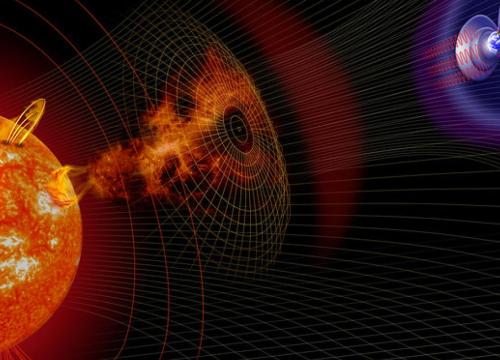
Watch one of the most extreme soccer games you'll ever see being played on sea ice in the Arctic during the 2019-2020 MOSAiC research expedition. Click and drag for a full 360-degree view!
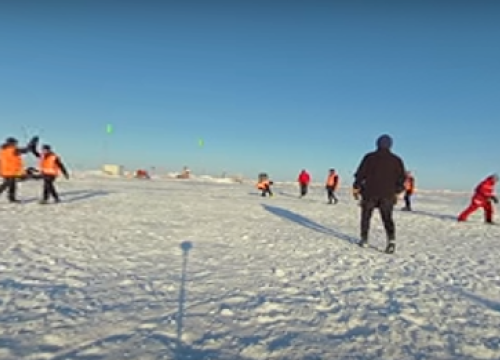
What are Atmospheric Rivers? Learn all about what they are, how we measure them, and the impact this environmental phenomenon has had on the U.S. in 2023.
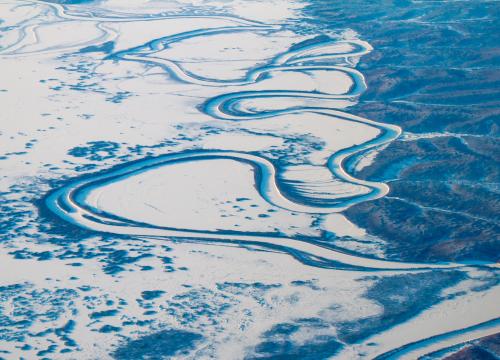
Join us for a bilingual family game night on Friday, April 11th, from 6:00 to 7:30 PM in the Community Room at the Gunnison Public Library. Gunnison High School students will be leading the Hourglass Lake Fire Challenge, an interactive wildfire response game designed to help families learn how to react in a wildfire emergency.
 >
>
Join us for the We are Water National Science Foundation STEM Day Community Celebration in Durango, Colorado on Saturday, May 10th, 2025!
 >
>
Girls on Rock is a unique, immersive expedition for high school youth (ages 16-17) to join a 12-day science and rock climbing focused expedition in the Rocky Mountains. Students work closely with scientists, artists, and a professional mountain guides to develop research projects and learn to travel in the backcountry. Applications are closed for 2025.
 >
>
Ongoing Event
In this self-paced, free, online course, you will learn about water and climate in the Western United States and join a community of thousands of learners to gain insight into the major legal, political, and cultural issues that make water so complex in the region.

